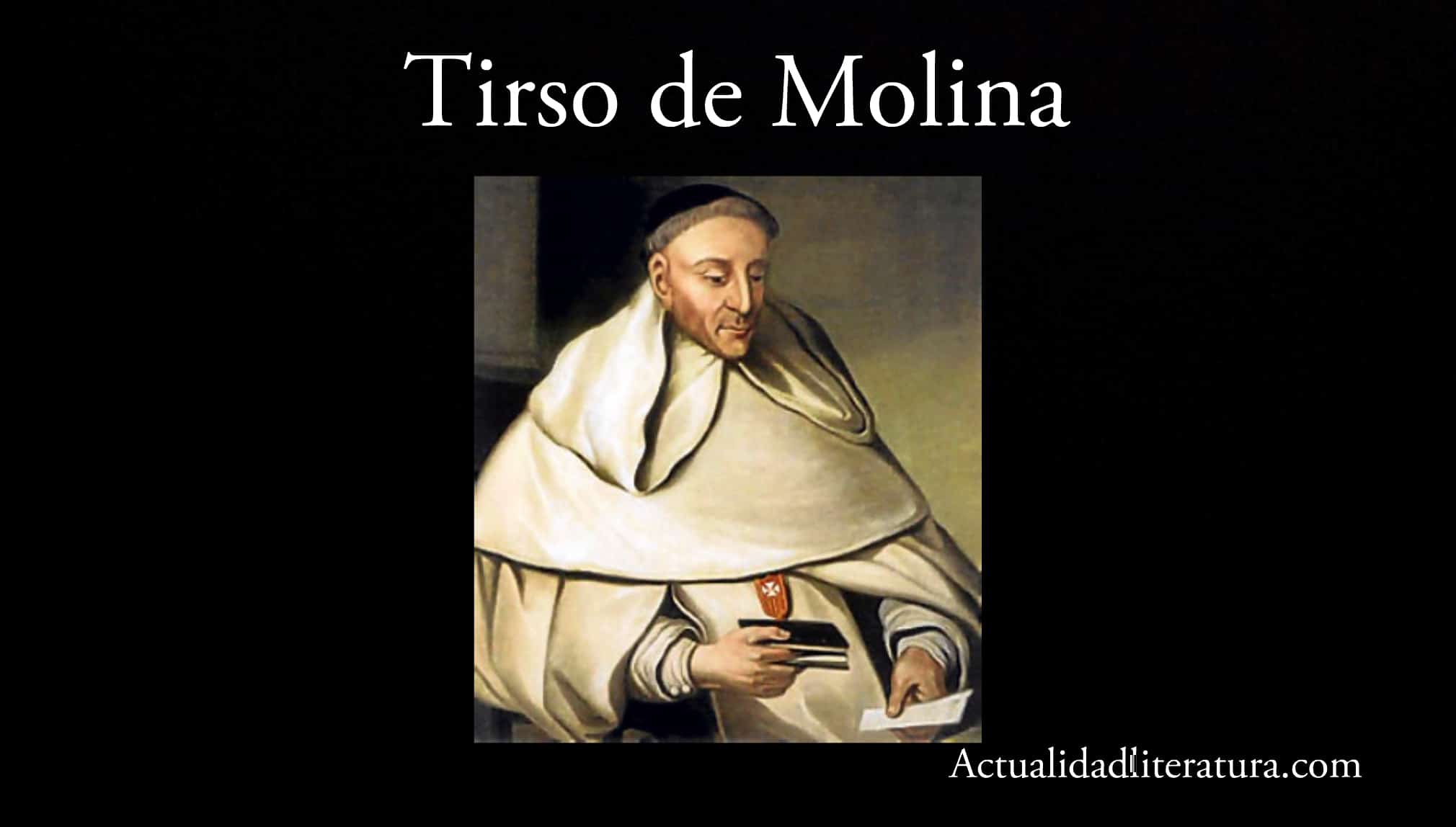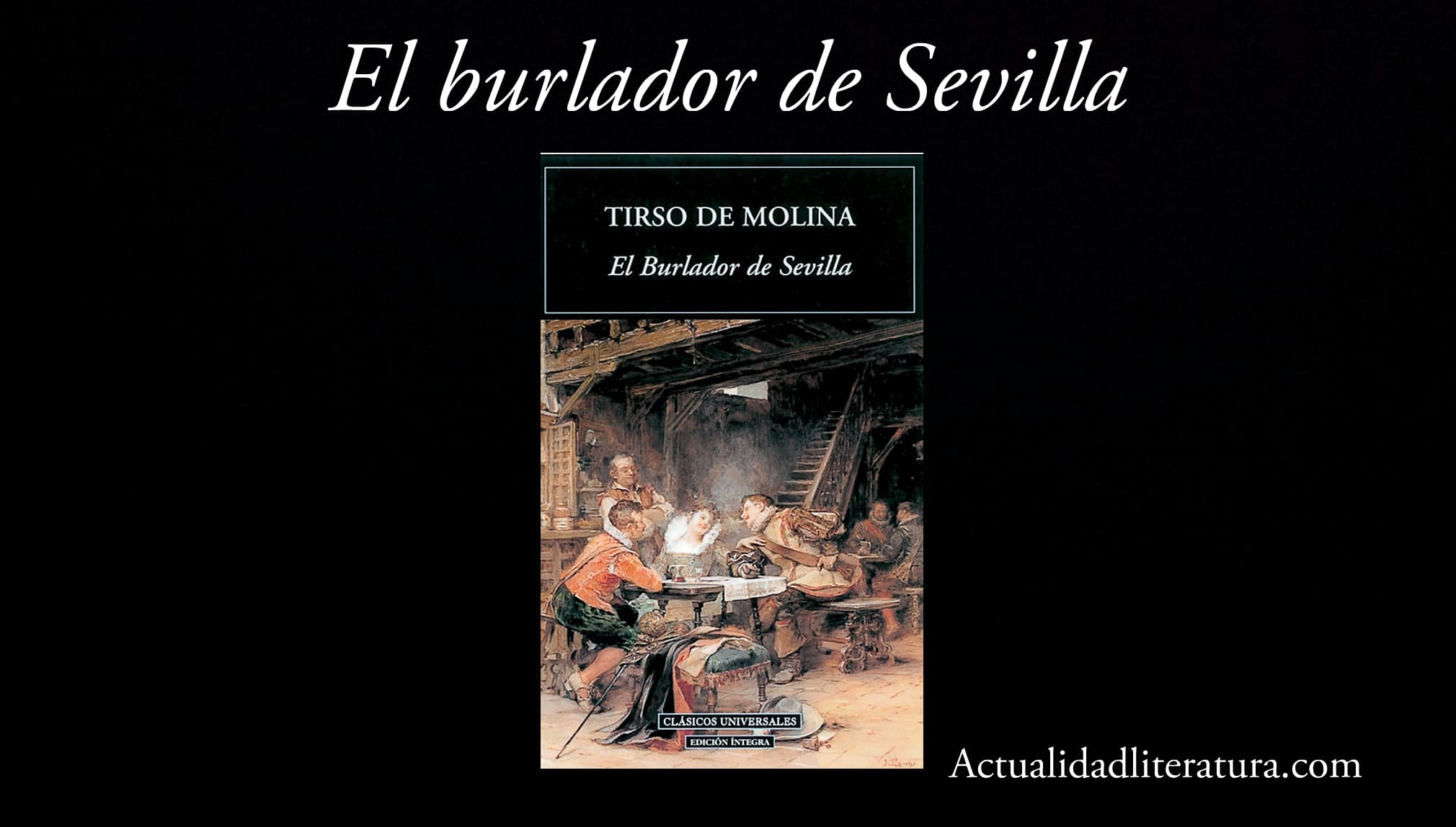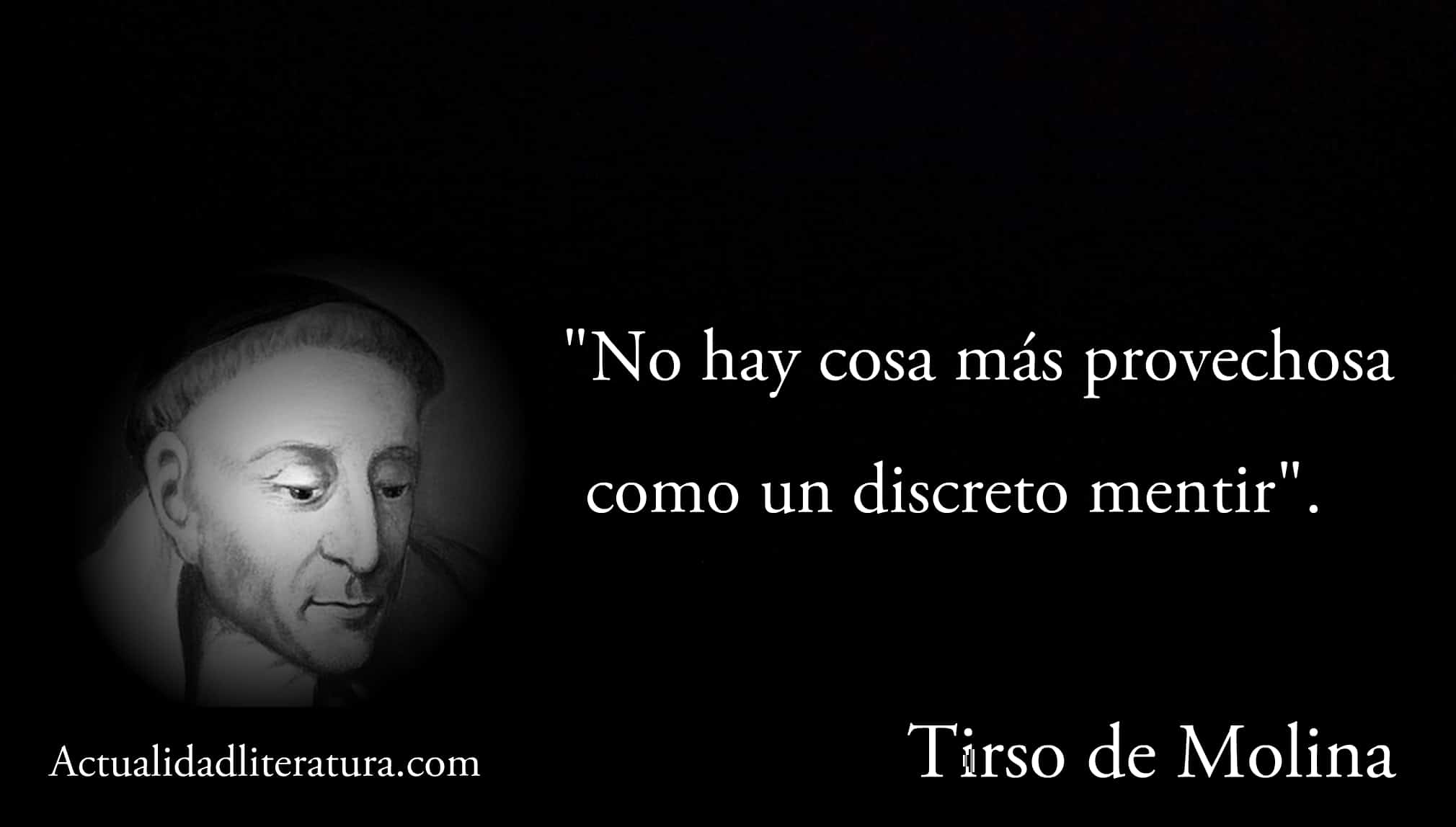
Tirso de Molina
The Trickster of Seville and the Stone Guest It is one of the most emblematic plays of the Spanish Golden Age. It was originally published in 1630 and attributed to Tirso de Molina. However, an important sector of critics and historians of the literary baroque point to Andrés de Claramonte as the true author.
Separate controversies regarding authorship, Don Juan, the protagonist of this comedy of entanglements, is the most universal character in all of Castilian literature. Comparable only with great names (from other latitudes) of the stature of Romeo and Juliet, Oedipus, Achilles or Sherlock Holmes.
The author?
As mentioned in the first paragraph, There is no unanimity of criteria when it comes to identifying the author of The Trickster of Seville and the Stone Guest. While there are not many arguments to refute Tirso de Molina as the mastermind. In reality, his real name is Fray Gabriel Téllez, although, evidently, he was better known by his artistic pseudonym.
Tirso de Molina
He was a Spanish religious, belonging to the Royal and Military Order of Our Lady of Mercy and the Redemption of the Captives. He was born in Madrid on March 24, 1579; The date of his death is not very clear. In this regard, most academics coincide in February 1648 as the probable time of death.
The death of Téllez would have occurred in Almazán, a municipality that today is part of the autonomous community of Castilla y León. What is undeniable is his legacy, since his dramatic work remains in force to this day. Apart from The Trickster of Seville and the Stone Guest, he is attributed Don Gil of the green leggings and the hagiographic trilogy of The Santa Juana.
Moralizing comedies and autos sacramentales
Tirso de Molina's texts fulfill a moralizing function. Namely, the author remained faithful both to the historical moment in which he lived, as well as to his religious vocation. Therefore, it is a feature not overlooked in The Trickster of Seville and the Stone Guest.
Beyond the tangles and laughter, in the end there is no way to evade divine punishment. Even the protagonist himself is aware of it (although he may eventually repent of his sins, he has no escape). In this regard, in one of his dialogues he affirms: "there is no deadline that is not met or debt that is not paid."
Andrés de Claramonte: the “other” author
Andrés de Claramonte y Monroy was a prominent Spanish actor and playwright, a contemporary of Tirso de Molina. Born in Murcia around 1560, he died in Madrid on September 19, 1626. There are two different opinions among those who point to him as the true creator of Don Juan.
First, the authorship of The Trickster of Seville and the Stone Guest. On the other hand, other historians - although they do not dispute Molina's authorship of this work - assure that it was based on So long you trust me. The latter was a comedy written between 1612 and 1615, attributed to Claramonte.
A weft full of tangles
At the same time, some historians point to Lope de Vega as the true creator of So long you trust me. Thus, the subject of the author of The Trickster of Seville and the Stone Guest it's a mess worthy of the comedies of all these writers. Consequently - probably - there will never be a final unanimous agreement that satisfies all opinions.
Summary of The Trickster of Seville and the Stone Guest

The Trickster of Seville.
You can buy the book here: The Trickster of Seville
The play begins with Don Juan Tenorio, a Spanish nobleman who, while in Naples, seduces the Duchess Isabel. Upon being discovered —and after a series of entanglements— the king orders his capture, a mission entrusted to Don Pedro Tenorio, ambassador of Spain to the monarch.
But the Iberian diplomat does not have a very relevant setback: the one responsible for dishonoring Duke Octavian's fiancée is his nephew. After pondering it, he lets it slip away. Later he argues that he could do nothing about the ability of the young man to jump from the room where he managed to corner him to the palace gardens.
Back to spain
Don Juan, in the company of his servant Catalinón —Character who acts as the protagonist's “voice of conscience,” although his advice is never heeded— part heading to Seville. But before entering the Guadalquivir delta, he was shipwrecked off the coast of Tarragona.
From the accident he is rescued by Tisbea, a fisherwoman. As soon as Don Juan recovers, he successfully seduces his savior. Consequently, the fishermen of the village are enraged and plan to punish this mockery. However, the elusive Don Juan manages to escape again, not without first taking two mares bred by the victim of dishonor himself.
First stop in Seville
Upon arriving in Seville, King Alfonso XI sent for him. The monarch was aware of the bad behavior of his subject in foreign lands. He is determined to overcome the diplomatic impasse that has occurred. For this reason, he forces the perpetrator to marry the aggrieved maiden.
But before the realization of the real wishes, Don Juan seduces a new lady: Doña Ana de Ulloa. Her father, upon discovering the wrong, challenges the person responsible for staining the name of his family to a duel. Then, the protagonist must undertake a new escape after ending the life of his challenger.
The final lesson
Far from the capital of Andalusia, Don Juan Tenorio's mockery does not stop. Upon returning to Seville, he must face Don Gonzalo de Ulloa again. The deceased, now turned into a statue, invites his murderer to dinner. In that instance, Don Juan receives the deserved divine punishment.

Phrase of tirso de Molina.
In the end, the stone guest drags him to hell, unceremoniously and without giving him time to even beg for God's forgiveness.. In this way, all the maidens aggravated by the selfish and unscrupulous actions of the protagonist, regain their honor.
A classic beyond literature
Don Juan is a character with multiple representations and adaptations throughout history. Authors such as Moliere, Pushkin, Jorge Zorrilla or Alexandre Dumas, among many others, have been in charge of contributing to its universalization. Don Giovanni, Mozart's iconic opera with a libretto by Lorenzo da Ponte, is also part of this “category”.
Outside of literature, Don Juan (similar to Oedipus) has his "syndrome." It is a compulsive seductive behavior attributed to pathologically insatiable men and women. Thus, "Don Juan" is a true icon of universal culture, whose revisions will continue as long as humanity remains the reigning species on the face of the Earth.